Interview with Stuart Galbraith IV / Minka Summit 2023
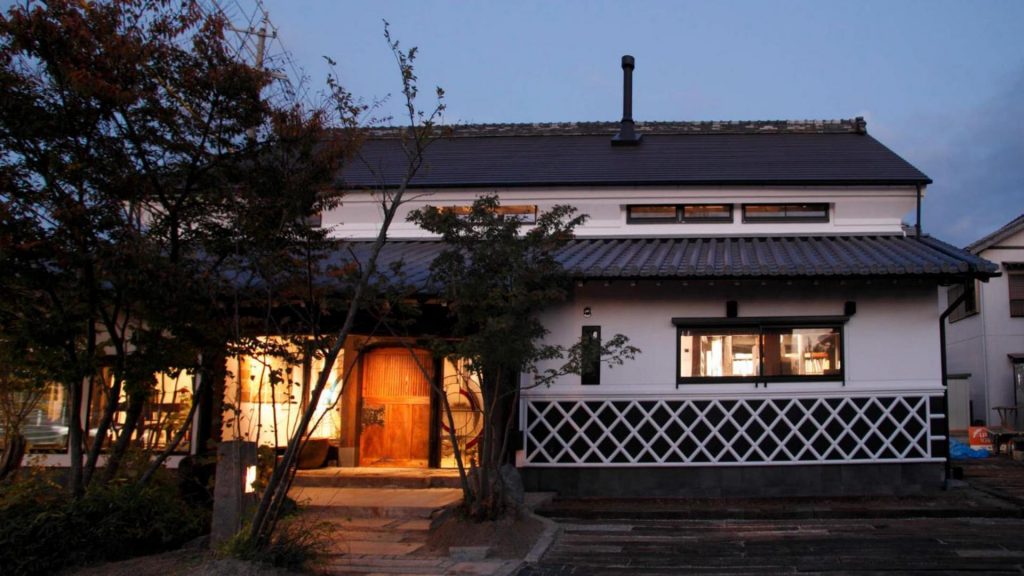
The Japanese word “kominka” literally means “old house,” and the term usually refers to houses built before World War II. If you’ve traveled outside Japan’s major urban areas you are aware there is no shortage of old houses in the Japanese countryside. Over the past several years the pandemic has led many in search of a place to call home, a renovation project or a retreat. As this reverse urbanization movement has slowly gained traction as remote work has increased and people’s priorities have changed, a traditional Japanese home in the mountains seems almost too good to be true—and it often is. Japan’s unique landscape and climate means there’s a lot to consider from humidity to heavy snow fall, to learning how to be a good neighbor and harmoniously coexisting in a rural community. But it’s also extremely rewarding.
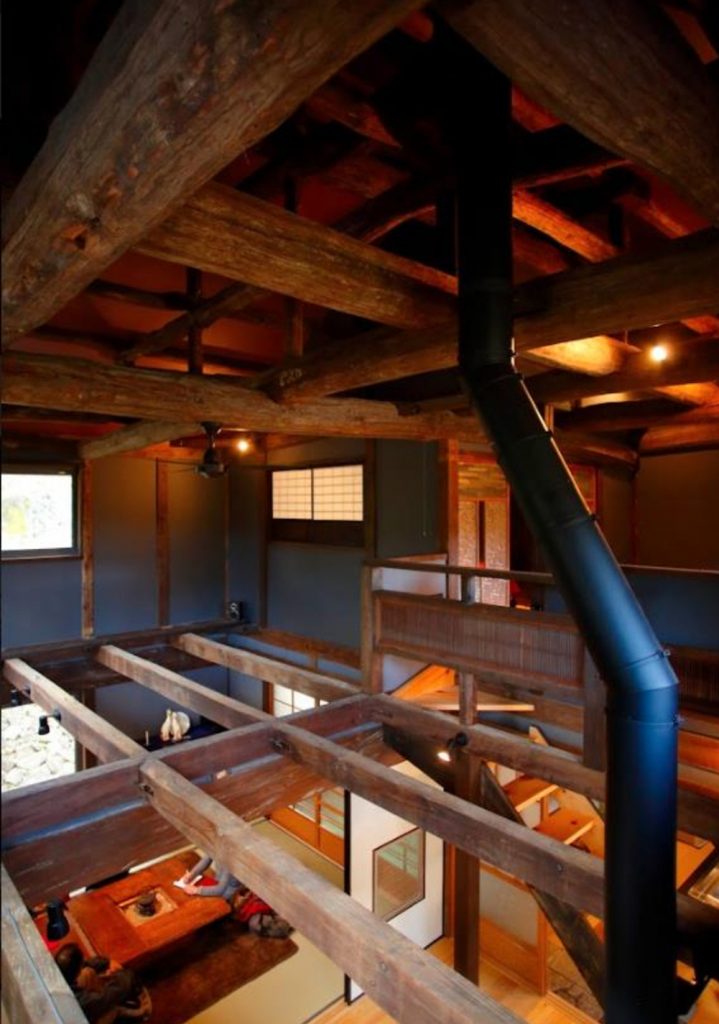
A passionate group of likeminded foreign and Japanese residents came together to address the gradual, ongoing disappearance of traditional Japanese architecture in Japan. Their stated mission is to preserve this heritage and help turn abandoned houses into homes by connecting with earnest people and helping them acquire, renovate, maintain and preserve these traditional Japanese buildings for generations to come.
“Recent international news articles about inexpensive akiya have generated enormous interest in kominka,” says Kominka Japan founder Stuart Galbraith IV, who lives in a 213-year-old minka he purchased in 2016. “Last year’s Minka Summit exemplified the upward trend of foreign residents, and some Japanese, buying akiya-type minka across the Japanese countryside, restoring and renovating them.”
After a successful inaugural Minka Summit in 2022, the 2023 Minka Summit will take place Apr. 21-23, 2023 at the Aichi Prefecture Citizens’ Forest. Outdoor Japan talked to Galbraith Kominka Japan about what’s in store for participants at this year’s gathering.
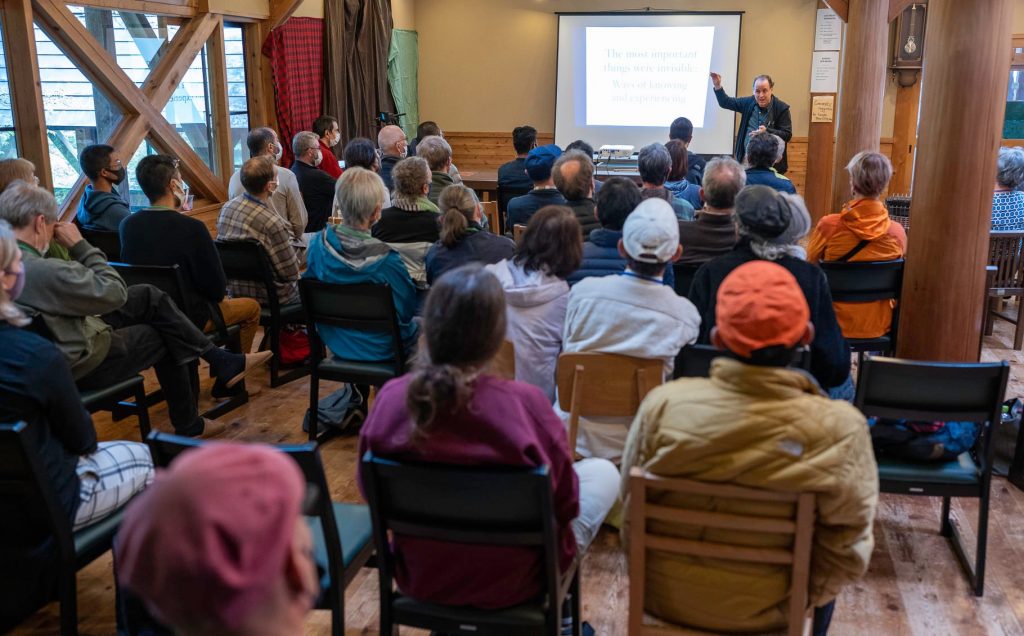
For the uninitiated, what’s the difference between akiya, minka and kominka?
“Akiya” means “empty house,” which could be an old house, new house, apartment building, condominium or just about anything. “Minka” and “kominka” are basically interchangeable. The “ko” of “kominka” simply means “old”; “minka,” literally translates to “house of the people.”
Minka usually refer to old, traditionally-built farmhouses, typically pre-war or older, though some consider those built much more recently as minka if they at least in part incorporate traditional building methods. I prefer to think of those as “neo-minka.” Machiya, the more urban townhouses famously found in Kyoto, are technically considered minka as well.
Where did the momentum come from to create the first Minka Summit?
The first Summit began when the size of the Kominka Japan Facebook page grew exponentially in 2021. It was initially conceived as a informal gathering of 25-50 people—little more than a weekend cookout with a look inside some local minka and perhaps some casual chats. However, as interest grew, it became more of an event, with about a dozen guest speakers, a “Minka Mall” with several dozen minka-related businesses and organizations, as well as tours of 15 local minka.
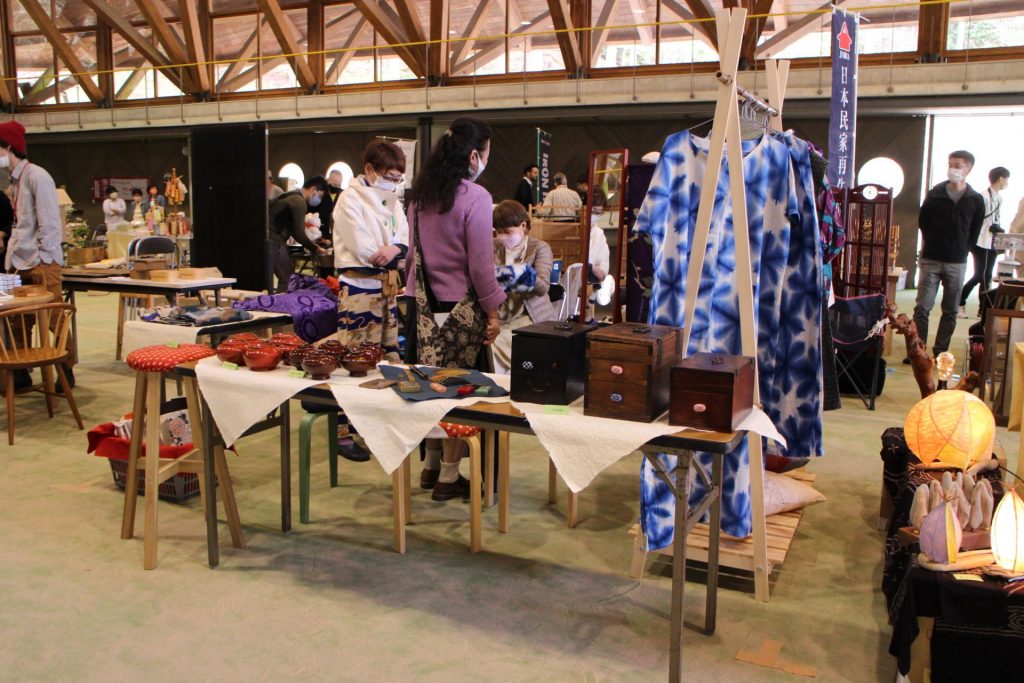
How much did the pandemic play into the growth of the Kominka Japan community?
I don’t think it was the pandemic directly, but rather mass-media articles about “free” or nearly-free akiya in Japan, which spurred a lot of interest. However, the pandemic also underscored the realization that, for many people, it was practical—even desirable—to work from home. And, if you can work from home, why not live somewhere affordable and nice, especially for families raising children?
What were some of the important takeaways from the first Minka Summit?
For one, it confirmed our belief there are lots foreign residents passionate, and often very skilled and knowledgeable, about minka. There’s growing interest among Japanese, too, but I think foreign residents—perhaps because we are often less cautious—are more likely to take the plunge and buy a minka and try to do as much of the restoration work we can. I think foreign residents are often passionate about becoming involved in rural community revitalization, starting small businesses like micro-breweries and organic farming as well.
The Summit itself far exceeded everyone’s expectations in terms of quality, attendance and so forth. We were happy with how it turned out and attendees, guest speakers, minka mall participants, and the local area that hosted the event seemed pleased as well. We’re smoothing out some logistics and looking forward to building on it.
How have you seen interest and demand change in the past year?
I would say interest in akiya and minka is growing but also the number of people jumping into it without, perhaps, full awareness of what they’re getting themselves into. Living in an old minka in rural Japan can be a wonderful, life-changing experience—it has been for me, my wife and daughter—but it’s not for everyone, it’s a lot of work and a big commitment.
What’s new for participants at the 2023 Minka Summit?
While we will again have a range of talks and DIY workshops, a Minka Mall, Minka Tours, a Meet & Greet Dinner and a Keynote Dinner, there is much that will be new this year. One addition is a Writers’ Talk Corner featuring internationally acclaimed authors Alex Kerr, Karen Hill Anton, Azby Brown, and Hannah Kirshner. The summit will start a bit earlier this year as well. On Friday (Apr. 21), we will have a sustainable forestry guided walk, followed by a yakisugi demonstration, as well as a tour of minka that will focus on interesting interiors.
The Minka Mall will again be full of interesting things to see and do, from booths with displays and information from NPOs and grassroots groups working to preserve minka, to others selling artisan wares that include “upcycled” kimono clothing, kumiko puzzles, antiques, beautiful accessories made from tatami products, furniture made from recycled minka wood and much more. For hands-on experiences, there will again be a wonderful mini-minka frame-raising activity and ceremony for children and some fantastic sessions for adults, from making kimono and washi-covered panels to a demonstration of restoring tsuchikabe (mud walls), pottery and chopstick making for people of all ages.
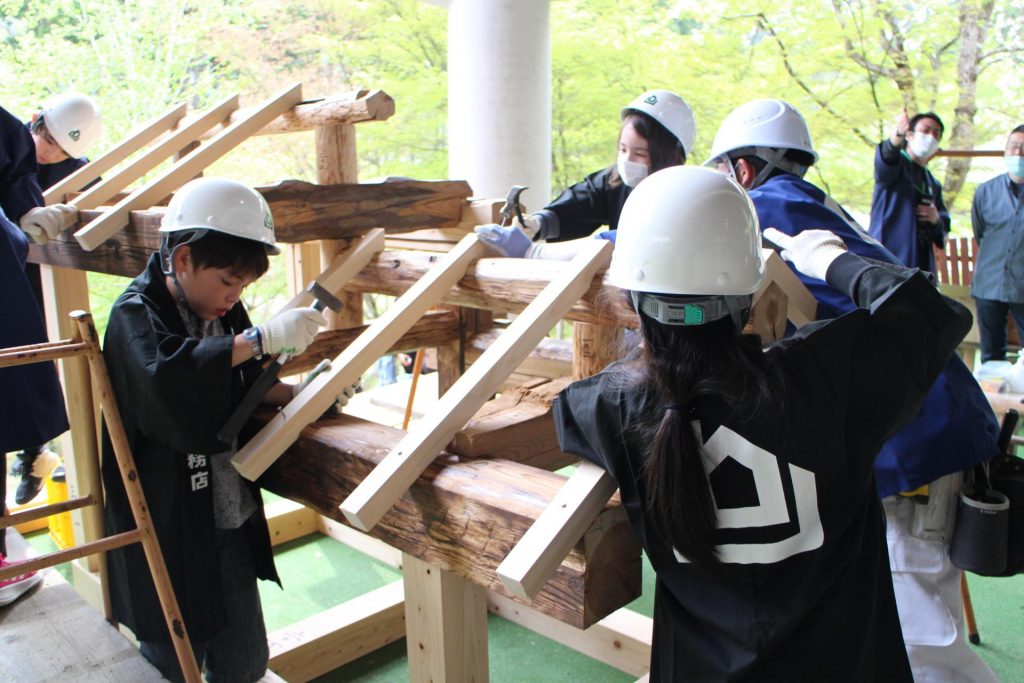
What advice would you give someone interested in purchasing a kominka?
I think the best way is to travel around Japan until you find an area you really like, then plant yourself in a rental house for a couple of months. You can usually find a great house to rent for ¥40,000 a month or less in rural areas. Stay there for the first six-to-12 months if you can to give yourself time to get to know the community and for them to get to know you. Once they learn you are looking for a nice minka to live in, chances are they will bend over backward to help you, and that’s how you’ll hear about great minka available that aren’t listed with any real estate agencies.
What are common misconceptions people have when considering a kominka?
I think those considering buying a minka as a vacation home need to consider that minka can require 20-30 hours a week in upkeep; you don’t want to spend your vacation time cleaning up, pulling weeds and cutting grass, dealing with animal infestations, shoveling snow and the like. Also, much more so than living in the city, maintaining good relationships with neighbors in a small village is really critical. If you’re not around most of the year it’s very hard to do that. It’s a much bigger commitment of time and energy than many people realize. I’ve seen a couple of people make it work, but it’s not easy.
What’s been most rewarding about your kominka experience?
All of it, genuinely. I could rattle off 20 ways our lives have improved since we got our minka in 2016. Perhaps the most rewarding is that our daughter has enjoyed a much richer school life. Her elementary-junior high school, typical of rural Japan, is much smaller, nicer and more intimate than big city ones. In her grade she had only four other classmates, which meant that she got a lot more of her teachers’ undivided attention than she would at a big city school. She’s been able to enjoy nature a lot more directly because it’s all around her; the students even go skiing regularly during the winter because it’s right down the road.
Any other perks?
Beyond the satisfaction of taking an old minka on its last legs and restoring it and making it alive again with activity, living somewhat remotely puts one in a position where you pick up a lot of skills you didn’t know you were capable of. Through the Facebook page, our website, the Minka Summit, as well as the scads of DIY videos on YouTube and elsewhere, you can learn how to build and fix things, as well as other skills like sustainable gardening, beekeeping — all kinds of things. I spend a lot more time outside working on various projects than I ever did living in apartments or suburban homes.
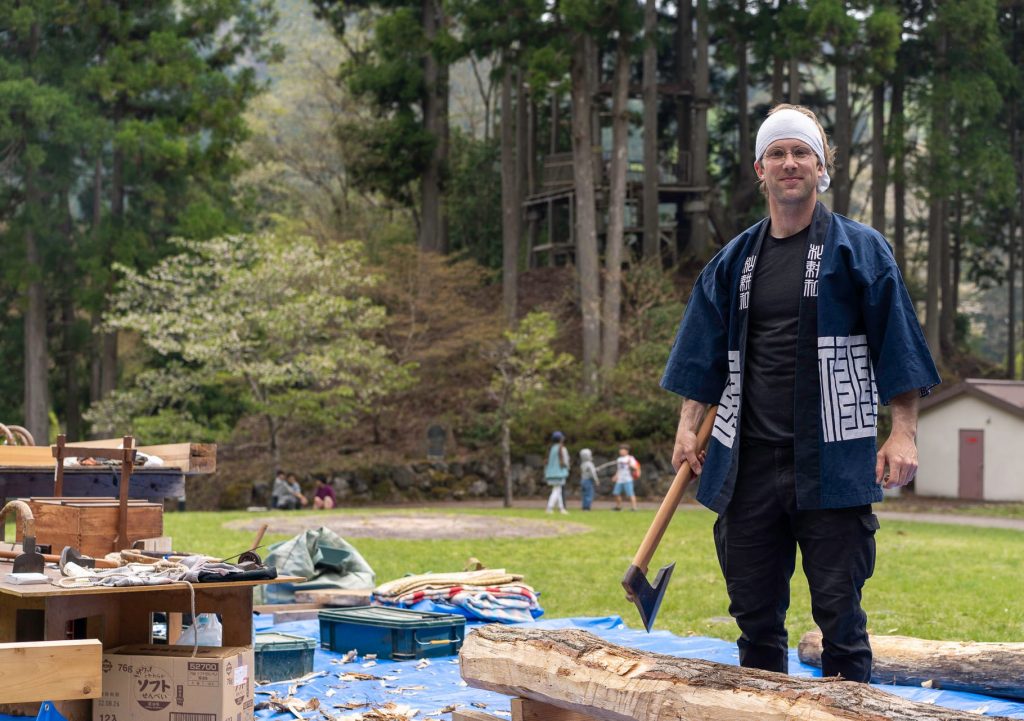
Minka Summit 2023
Dates
Apr. 21 (Fri): 12:00 – 21:00
Apr. 22 (Sat): 7:30- 21:00
Apr. 23 (Sun): 7:30 – 16:30
| 3-Day Pass | 1-Day Ticket | Dinner/Keynote Speech (Sat.) Only | |
| Adults | ¥5,000 | ¥2,500 | ¥5,000 |
| Seniors (over 65) | ¥2,000 | ¥1,000 | ¥3,000 |
| Students | ¥1,500 | ¥500 | N/A |
| Children (12 and under) | Free | Free | ¥1,000 |
Access
Aichi Prefecture Citizens’ Forest is a 15-minute walk from Mikawa-Makihara Station on the JR Iida Line from Toyohashi. From Tokyo, Toyohashi is 1 hour 20 minutes by Hikari Shinkansen. From Osaka, Toyohashi 1 hour 32 minutes by Hikari Shinkansen. The venue is easily accessible by car from the Shin-Tomei and San-en Nanshin Expressways, by highway buses from Tokyo, Osaka, and Nagoya that stop at the nearby Mokkuru Roadside Station.
Tickets & Additional Info
E-mail support is available for those who have any questions or concerns need info on places to stay or more. There will be English/Japanese interpreting for all presentations and workshops as well as in the Minka Mall and Minka Tours. The event is open to the public and tickets are available on Peatix or at the door. For more information visit the Kominka Japan website at kominkajapan.org and search for the Kominka Japan Facebook Group to join the community.




